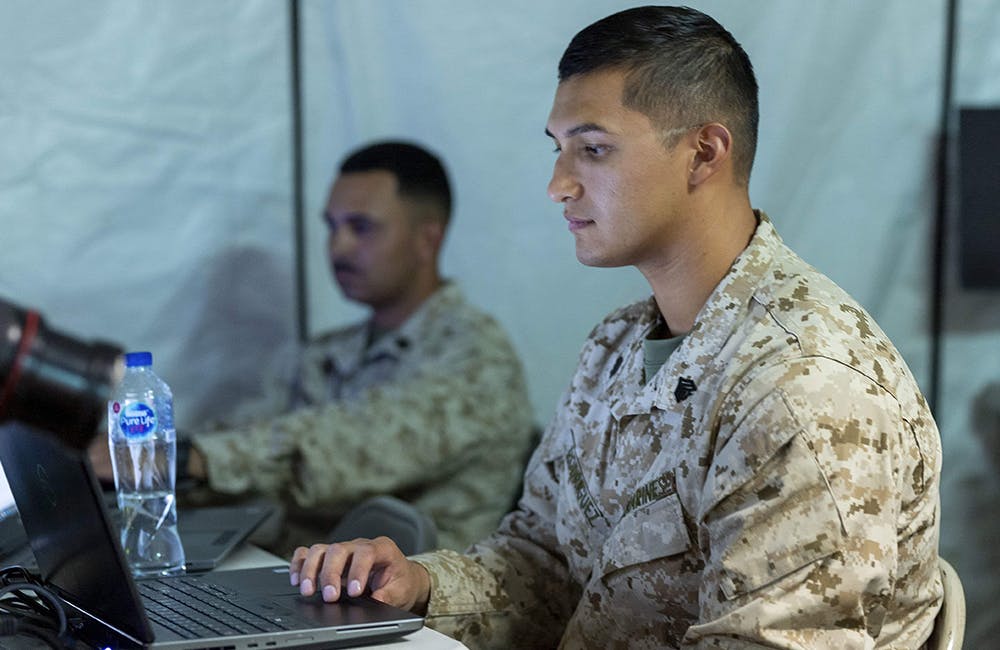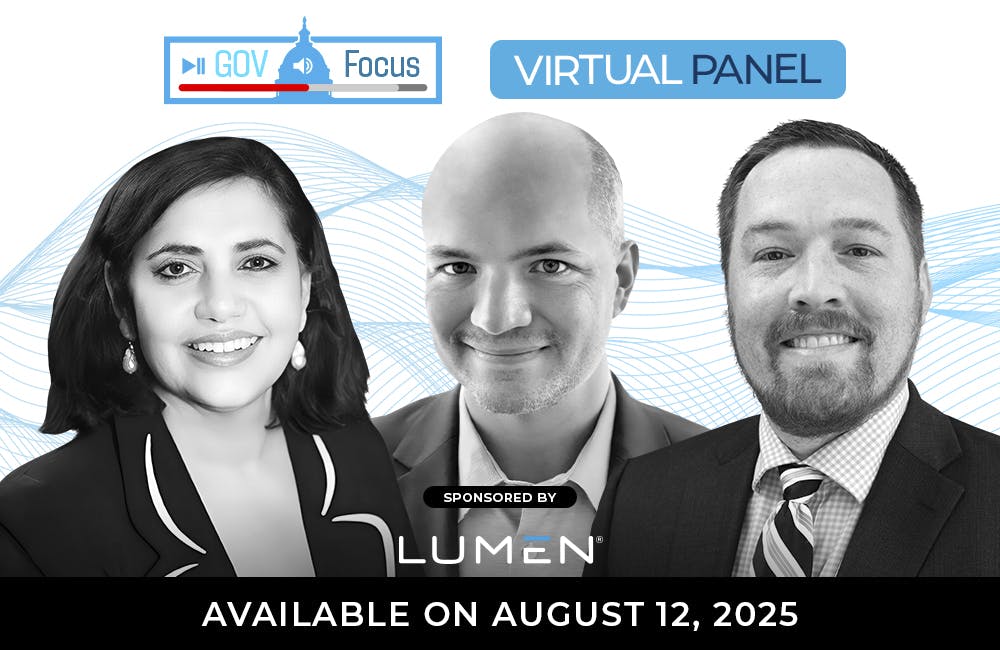CMS Further Expands Telehealth Coverage Amid COVID-19 Measures
The agency added 80 more telehealth services that beneficiaries can access to ease patient and provider experiences amid the COVID-19 pandemic.

The Centers for Medicare and Medicaid will further expand Medicare coverage of telehealth services and care as one of several moves the agency is making to increase access to health care amid the COVID-19 pandemic.
President Donald Trump initially announced increased Medicare reimbursements for beneficiaries seeking telehealth services in a national emergency address March 13. Since then, CMS followed up with a March 30 news release further expanding and sharpening telehealth coverage under Medicare.
More specifically, CMS said it will add 80 more telehealth services to its telehealth coverage, expanding “interactive apps with audio and video capabilities to visit with their clinician for an even broader range of services” during the pandemic.
The various health services that CMS will cover include both inpatient stay and outpatient visits, hospital care, emergency care, nursing, neonatal care, various mental health and substance abuse services, nutritional evaluations and a slew of other options. CMS now has nearly 200 different medical services that beneficiaries can access through telemedicine during the COVID-19 outbreak.
CMS added that providers can also evaluate Medicare beneficiaries over the phone, if they do not have devices capable of using telehealth apps.
As various states continue to push shelter-in-place policies and encourage social distancing to mitigate the spread of COVID-19, the temporary expanded telehealth coverage aims to ensure patient access to their medical providers while still following stay-at-home guidance.
CMS said that providers should bill telehealth visits at the same rate as in-person visits and that the agency will cover emergency department visits, initial nursing facility and discharge visits, home visits and therapy services if conducted over telehealth.
“CMS is making it clear that clinicians can provide remote patient monitoring services to patients with acute and chronic conditions, and can be provided for patients with only one disease,” CMS stated. “For example, remote patient monitoring can be used to monitor a patient’s oxygen saturation levels using pulse oximetry.”
CMS also will allow providers to use virtual technologies to supervise their clinical staff, rather than requiring them to report in person.
Other temporary stipulations that CMS will make include conducting care “without walls,” as the agency put it. Namely, CMS will temporarily allow non-hospital buildings and spaces to be used for patient care or quarantine sites, given that those locations are approved by the state and ensure patient and staff safety and care.
“This will expand the capacity of communities to develop a system of care that safely treats patients without COVID-19, and isolate and treat patients with COVID-19,” CMS said.
Further, CMS is allowing providers to test individuals for COVID-19 at home and in other community-based settings outside of the hospital.
“This will both increase access to testing and reduce risks of exposure,” CMS said of the eased testing rules. “The new guidance allows health care systems, hospitals and communities to set up testing sites exclusively for the purpose of identifying COVID-19-positive patients in a safe environment. In addition, CMS will allow hospital emergency departments to test and screen patients for COVID-19 at drive-through and off-campus test sites.”
Expanding COVID-19 care and testing beyond medical center locations also ties into the telehealth initiative, as CMS explained that hospitals can use telehealth services to quickly assess patients to determine where they should be cared, “freeing emergency space for those that need it most.”
Other COVID-19 countermeasure policies that CMS adopted Monday include rapidly expanding the health care workforce by enabling local private clinicians and their staff of “nonessential medical and surgical services” to take on temporary public health emergency care.
“CMS is issuing waivers so that hospitals can use other practitioners, such as physician assistants and nurse practitioners, to the fullest extent possible, in accordance with a state’s emergency preparedness or pandemic plan,” CMS explained.
Further, CMS will temporarily eliminate paperwork requirements to allow clinicians to focus more on their patients and reduce administrative burdens.
“Every day, heroic nurses, doctors and other health care workers are dedicating long hours to their patients. This means sacrificing time with their families and risking their very lives to care for coronavirus patients,” CMS Administrator Seema Verma said in the news release. “Frontline health care providers need to be able to focus on patient care in the most flexible and innovative ways possible. This unprecedented temporary relaxation in regulation will help the health care system deal with patient surges by giving it tools and support to create non-traditional care sites and staff them quickly.”
This is a carousel with manually rotating slides. Use Next and Previous buttons to navigate or jump to a slide with the slide dots
-

Navy Expands Black Pearl Capabilities to Drive Operational Resilience
The Department of the Navy's Black Pearl software factory and Innovation Adoption Kit boost software development and operational resilience.
5m read -

How NASA’s AI Plan Boosts Government Efficiency
NASA Chief Data and AI Officer David Salvagnini shares how the agency is integrating AI with data to drive innovation and efficiency across government.
9m watch -

Modernizing IT Systems for AI Adoption
USPS, NIH and Lumen discuss how modernization, data strategies and security are shaping AI’s future role in government.
20m watch -

NSF Wants Industry Driving Quantum Innovation
The agency is pushing for partnerships to enhance the research community as Congress weighs additional legislation.
3m read








